The Half Halt… is it really as confusing as it seems? Endless articles describing it in vague, half-terms and hidden meanings. I don't believe so, but for how simple it is it can be a challenge to understand and apply. Practice does make perfect…
- What is the half halt? The half halt is an action on the rein from below to above and sometimes back. It forms a circle when properly performed. The “sometimes back” action is made when the horse elevates his neck to a position where he creates slack in the rein you'd like to remove in order to maintain contact with the mouth. It is not necessary, and certainly not performed when you're working from the weight of the reins or if the horse is not creating slack in the reins to be taken out. The half halt is never a backwards action when contact is already present, which would result in pulling on the reins.
- What does the half halt do? The half halt corrects the posture of the horse, or rather it realigns the horse; both laterally and longitudinally. Imagine your horse slouching into the reins and leaning to the left. The half halt elevates and straightens the spine, returning the horse to a neutral state of balance.
- Why is the half halt important? The form of the horse dictates his progress in training, his overall soundness and brilliance. It affects his way of moving, how quickly he can respond to your requests and also how far he can progress in collection. The half halt works to first establish and then improve the horse's form or posture throughout training. It can be used to neutralize the horse's bend in preparation for changing the bend – important when working on circles and lateral work. The half halt elevates the horse beginning with the neck and over time the withers, while aligning the horse properly to engage his hindquarters and move into collection. Without the half halt the horse's ‘frame' will always be a false frame.
The half halt should be considered as important and necessary in the training process as the ability to use your reins, seat or legs to communicate with the horse.

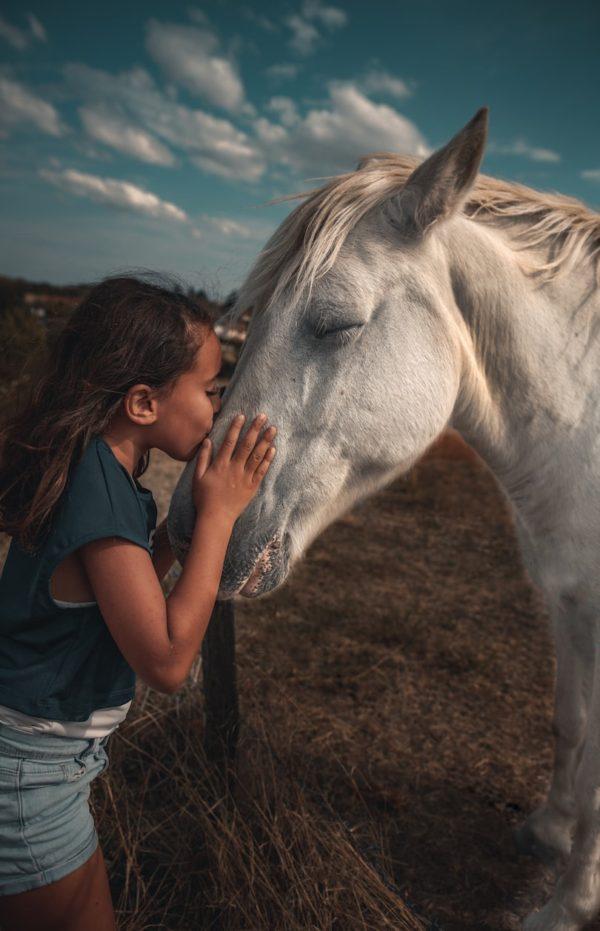
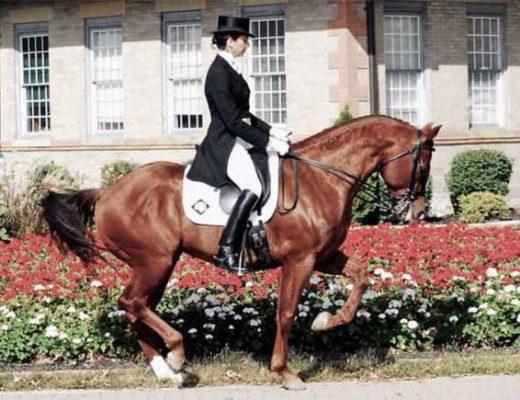
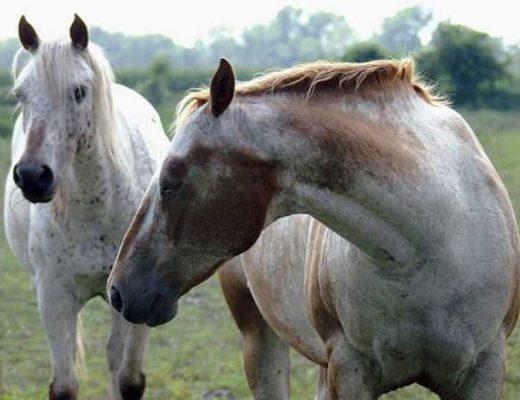
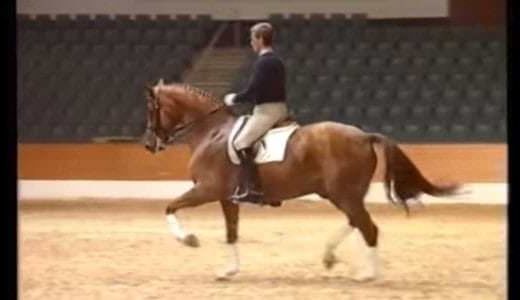
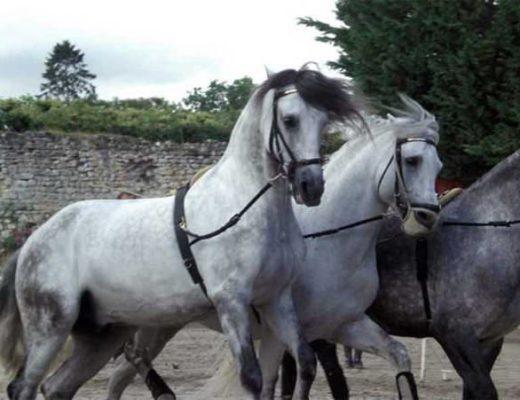
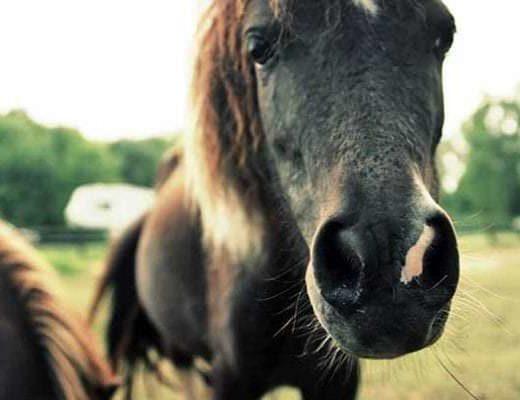
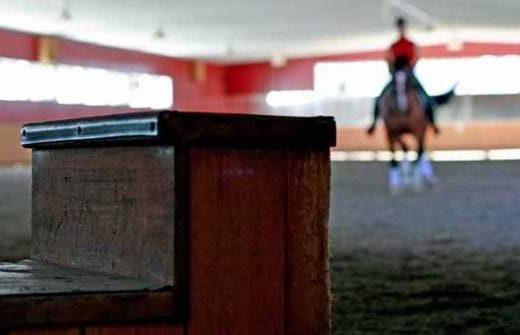
May I add, that in fact the half halt, is a very discret action of the seat and the hand, that only the horse should notice, that will position physically and will mentally tell him, that you are about to ask something. Do it before everything, shoulder in, canter, halfpas, and so on. Quoted from Captain, Desiree Lorent.
Hi Guido,
As is often taught, yes the seat is a primary aid in the half halt. But then how does one ask for the half halt when not seated on the horse’s back?
What the half halt does is help adjust the horse’s posture, which is why it’s so great for preparing the horse for another maneuver. Think of it like putting your manual car into another gear, in order to get to second gear from first you have to go through neutral. Half halt is the neutral to reset the horse’s position and prepare him for another maneuver.
As for the action of the seat, naturally when you are seated on the horse’s back the seat will change and respond to the aids you are giving with the hand, but that doesn’t make the seat a primary aid in this case.
Cheers,
Erica
Hello Erica, i agree, that you have to round your horse first, in order to have a more efficient seat. Of course, the ideal horse, should round himself as result of the action of his hindlegs, not by the action of the riders hands… As Nuno explains in some of his videos…What i just tryed to add, to your description, is that maybe you missed to talk about the psycological aspect of the half halt, that is to position the horse mentally, to a new requst from the rider. I got this description, from my teacher’s master, captain Desiree Lorent, who used to be one of Nuno’s students.
see you!